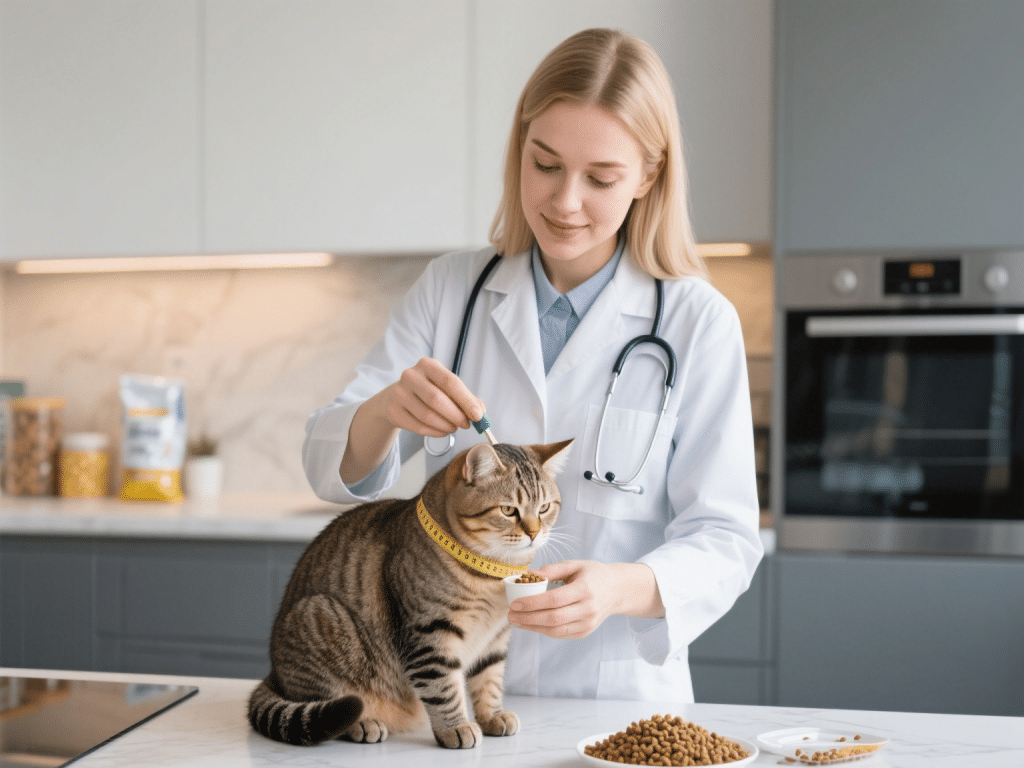
Kitten Biting & Scratching: How to Teach Gentle Play
Kittens are bundles of energy, curiosity, and—let’s face it—sharp little teeth and c...
Introduction
Administering oral medication to a nervous cat can be challenging. Stress can compromise the cat’s cooperation and make the process stressful for both pet and owner. This guide provides step-by-step instructions to calm a nervous cat and safely give deworming medication, ensuring effectiveness and minimal anxiety.
Choose a Quiet Space: Select a small, quiet room with minimal foot traffic (e.g., bathroom or bedroom).
Gather Supplies in Advance:
Dewormer (tablet or liquid)
Pill popper or syringe/dropper for liquids
Towel or cat blanket
Treats or calming pheromones (Feliway® spray)
Time of Day: Administer when the cat is naturally calmer (early morning or late evening).
Familiarize with Supplies: Place the pill popper, syringe, and treats near the cat’s resting area for a few days. Allow the cat to sniff and investigate.
Reward Calm Behavior: Offer a small treat or a gentle scratch when the cat approaches supplies without fear.
Use Pheromone Sprays: Apply a cat-friendly calming pheromone on the blanket 15 minutes before administering medication to reduce anxiety.
Lay Out a Towel or Blanket: Use a medium-thick towel to wrap the cat securely but gently.
Position the Cat: Place the cat on the towel with its back facing you.
Secure the Front Paws: Wrap one side of the towel over the front legs and tuck gently under the belly.
Secure the Hindquarters: Wrap the other side of the towel to cover the hind legs, ensuring minimal mobility but allowing breathing.
Leave the Head Exposed: The cat’s head should remain outside the towel for oral administration.
Liquid Dewormer:
Draw the prescribed dose into a syringe or dropper.
Hold the cat’s head steady; gently insert the syringe at the side of the mouth, aiming toward the back of the tongue.
Depress the plunger slowly; pause between squirt intervals to allow swallowing.
Tablet Dewormer:
Tilt the cat’s head back gently until the mouth opens slightly.
Place the tablet on the back of the tongue using a pill popper or your fingers.
Close the cat’s mouth and stroke the throat lightly to encourage swallowing.
Immediate Reward: Give a highly palatable treat or wet food to create a positive association.
Monitor for Side Effects: Watch for mild vomiting or drooling; if severe symptoms occur, contact your veterinarian.
Gradual Release: Gently unwrap the “purrito” only after the cat has chewed or swallowed the treat and calmed down.
Behavioral Desensitization: Practice mock administrations without medication.
Consistent Routine: Administer medication at the same time and place each month.
Positive Reinforcement: Reward calm behavior consistently, even when no medication is given.
Conclusion
Administering deworming medication to a nervous cat requires preparation, patience, and positive reinforcement. By creating a calm environment, using the “purrito” method, and rewarding post-treatment, you can minimize stress and ensure effective parasite prevention.

Kittens are bundles of energy, curiosity, and—let’s face it—sharp little teeth and c...

Obesity affects nearly 60% of indoor cats, predisposing them to diabetes, hepatic lipidosi...

Feeding table scraps to dogs can be risky—but certain human foods, when served correctly...

Let’s face it — the smell of a used litter box can overpower even the cleanest home. A...

IntroductionEngaging your dog with stimulating toys is essential for mental and physical h...

IntroductionCats cannot speak our language, but their vocalizations convey nuanced message...

Indoor cats crave stimulation and a good view of the outdoors can greatly enrich their env...

Creating a Sanctuary: Your Pet-Friendly Garden BlueprintDesigning a garden that delights b...

All reptiles shed, and every species has its normal shedding pattern. Dysecdysis happen...
Comments on "Step-by-Step: Administering Dewormer to a Nervous Cat" :